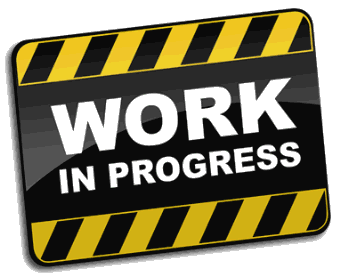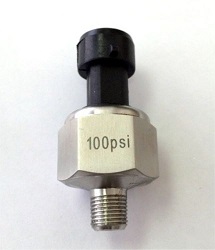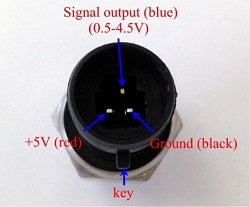Difference between revisions of "Analog Pressure sensor"
Jump to navigation
Jump to search
| Line 2: | Line 2: | ||
It is not too difficult to connect an analog sensor to the ESP, but there are a number of issues to be addressed. | It is not too difficult to connect an analog sensor to the ESP, but there are a number of issues to be addressed. | ||
| − | Some on board ADCs have a range from 0 ~ 1 volt, others from 0 ~ 3.3 volt. | + | - Some on board ADCs have a range from 0 ~ 1 volt, others from 0 ~ 3.3 volt. |
| − | The on board ADC has a 10 bit accuracy. This means that a full scale 1 volt (or 3.3 volt) read as 1023. | + | - The on board ADC has a 10 bit accuracy. This means that a full scale 1 volt (or 3.3 volt) read as 1023. |
| − | In spite of the high accuracy of the ADC, it operates in a very noisy environment. Don't expect high precision readings. | + | - In spite of the high accuracy of the ADC, it operates in a very noisy environment. Don't expect high precision readings. |
| − | There are many more considerations. Just take a few minutes to read this posting as an example. | + | - There are many more considerations. Just take a few minutes to read this posting as an example. [http://www.esp8266-projects.com/2016/08/esp8266-internal-adc-2-easy-way-example.html] |
| − | |||
Revision as of 08:30, 10 September 2016
It is not too difficult to connect an analog sensor to the ESP, but there are a number of issues to be addressed.
- Some on board ADCs have a range from 0 ~ 1 volt, others from 0 ~ 3.3 volt. - The on board ADC has a 10 bit accuracy. This means that a full scale 1 volt (or 3.3 volt) read as 1023. - In spite of the high accuracy of the ADC, it operates in a very noisy environment. Don't expect high precision readings. - There are many more considerations. Just take a few minutes to read this posting as an example. [1]
you want to measure pressure of liquids like oil or water, you could buy one of the pressure sensors on the internet, like this one:
It is very easy to install, has an analog output and a linear conversion. There are however a number of challenges:
1 If you want to measure pressure in Bar, how is it converted from PSI 2 How can voltages higher than 1.0 or 3.3 volts be measured with the on-board ADC 3 How can you make sensible readings with ESPEasy
Ad. 1 With one of the many freely available converters on the internet, you can easily discover that 1 Bar (100.000 Pascal) equals to 14,5037737796859 PSI (pound per square inch). This sensor ranges from 0 to 6,89475729 Bar. Ad. 2 It only takes a simple network of resistors to match measured voltages to the input specifications of the ESP8266 Ad. 3 This takes some calculation.



